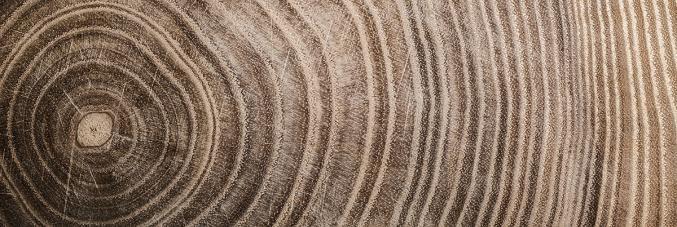
Tree rings reveal it is hotter now than in the last 1200 years
09.08.2023
According to a 1200 year timescale based on tree rings, we are experiencing unprecedented warming. Such finding are the result of the international research team coordinated by Prof Marco Carrer of the University of Padua, and by Georg von Arx of the Swiss Federal Institute for Forest Snow and Landscape Research WSL.
Published as, Fennoscandian tree-ring anatomy shows a warmer modern than medieval climate, the study shows that the Middle Ages and following centuries were less turbulent from a climactic point of view. While we know that the famous "Little Ice Age" occurred, so did the "Medieval Warm Period". The latter represented a phase of unusual warming that had always puzzled researchers. Climate reconstructions produced with tree rings seemed to indicate even higher temperatures than today but there was no plausible physical explanation for such exceptional warming. Climate models indicated mild but not so high temperatures during this Medieval Warm Period.
Prof Marco Carrer of the University of Padua Department of Land, Environment, Agriculture and Forestry (TeSAF) explains, “Previous climate reconstructions relied on the size or density of tree rings. Such measurements relied on the temperature, while other factors could influence the width or density of a ring. Together with other researchers, we have produced a new climate reconstruction based on an innovative and particularly precise method for extracting information on previous temperatures from trees. Unlike previous work, the new results lead to the same conclusion as climate models. As the Medieval Warm Period, at least for Scandinavia, where the trees studied come from, were found to be colder than previously thought. Current warming is likely outside the range of natural temperature fluctuations witnessed in the past 1200 years.
For this study, researchers measured the cell walls of 50 million cells from 188 living and dead Scotch pines (Pinus sylvestris). Calculating their annual rings covers a period of about 1200 years. Based on these measurements, research then reconstructed summer temperatures in the region and compared them to both regional climate model simulations and previous reconstructions based on annual ring density.



